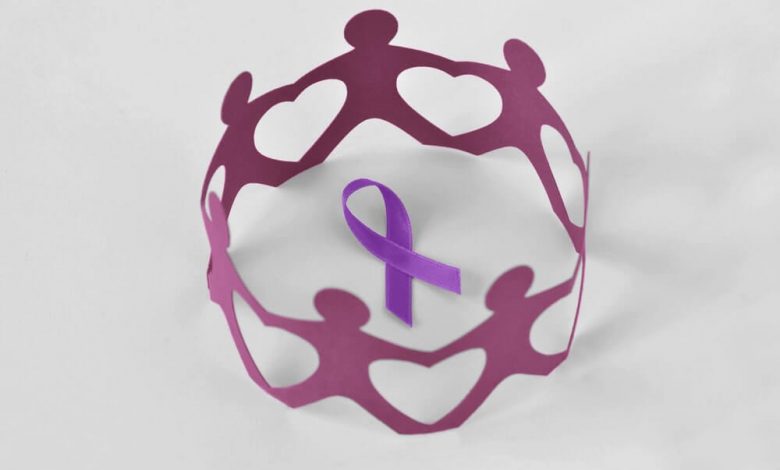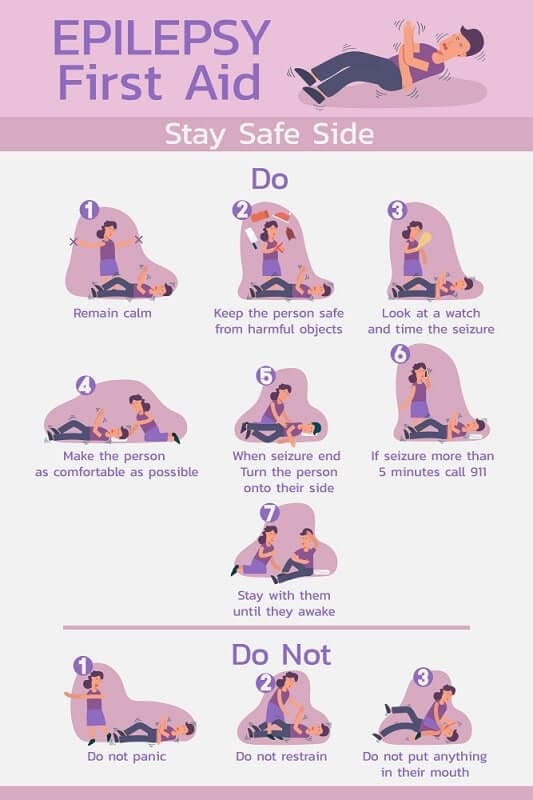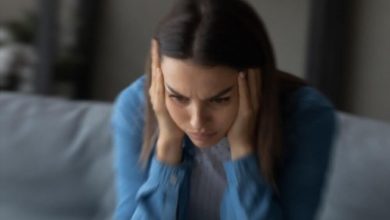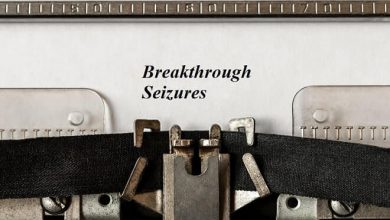Epilepsy
What Should Be Done At the Time of An Epilepsy Attack?

In this article, we have listed what you should do at the time of an epilepsy attack. Continue reading!
- First, be absolutely calm, don’t leave the patient in any way, and if you need help, be sure to send someone else.
- Don’t attempt to stop or block the patient’s movements!
- Put the patient in a safe place.
- Protect the patient by removing the patient from sharp or hard objects that may injure them or removing them from the patient’s side. If the patient has tight clothes, loosen the patient’s clothes, and if the patient is wearing glasses, remove the patient’s glasses.
- Lay the patient’s on one side to be stable and comfortable, and let patient’s saliva flow out. Keep patient’s mouth and airway open, if possible, for relaxed breathing. Never try to put something in your mouth (for example, open it or give it water if it squeezes its teeth).
- Compulsive movements related to the jaw are harmful.
- Never try to give medication during a seizure, do nothing unconscious to pass the appropriation. Don’t make the patient smell substances such as cologne, alcohol. CPR isn’t necessary if the patient is a person who has a constant seizure of epilepsy.
- See if the patient has a card or health report card that indicates that he or she has epilepsy or explains what to do.
- Wait for the epilepsy attack to end. Remember, after a seizure, the person is often tired and doesn’t know what the patient is doing. Because of this, be as calm and reassuring as you can at this stage. Blocking can be complex but gently prevent the patient from moving, such as going through an empty glass or road.
- Please note that all the information you can give about the seizure will help both the patient and the doctor.

When Do You Need Immediate Help?
Call for emergency assistance if you are facing any of the following situations:
- If the patient had a seizure in the water (for example, while swimming),
- If there is no information that the patient has epilepsy, or if you don’t know if the patient has had this seizure due to epilepsy,
- If a person is injured, pregnant, or has diabetes,
- If the episode lasts longer than 5 minutes,
- If the second seizure begins very soon after the end of the first seizure,
- If the person doesn’t become conscious after the contractions are over, seek immediate help.
What Should Be Done When You Have A Seizure of Epilepsy During Exercise?
- If a person has a seizure in the exercise area, the most important thing is to protect the person from injuries. For this purpose, objects that may harm a person should be removed from the environment. Trying to place anything inside the mouth or open clenched fists don’t do any good.
- Seizures usually stop on their own after 2-5 minutes.
- After a seizure, patients may have temporary disorders of mental function, memory, motor, and sensory functions.
- After the seizure, the condition of the airway, breathing, and circulation should be checked. If there is no pulse or breathing, cardiopulmonary resuscitation should be started.
- If the patient is barely breathing, seizures continue non-stop, or if the patient is still unable to recover after half an hour, emergency assistance should be sought.
Situations Requiring Emergency Assistance
- Trouble breathing,
- Presence of the need for cardiopulmonary resuscitation,
- Consecutive seizures without opening memory,
- Memory blur lasting longer than ten minutes,
- Having the first seizure in a person who hasn’t previously had epilepsy.





